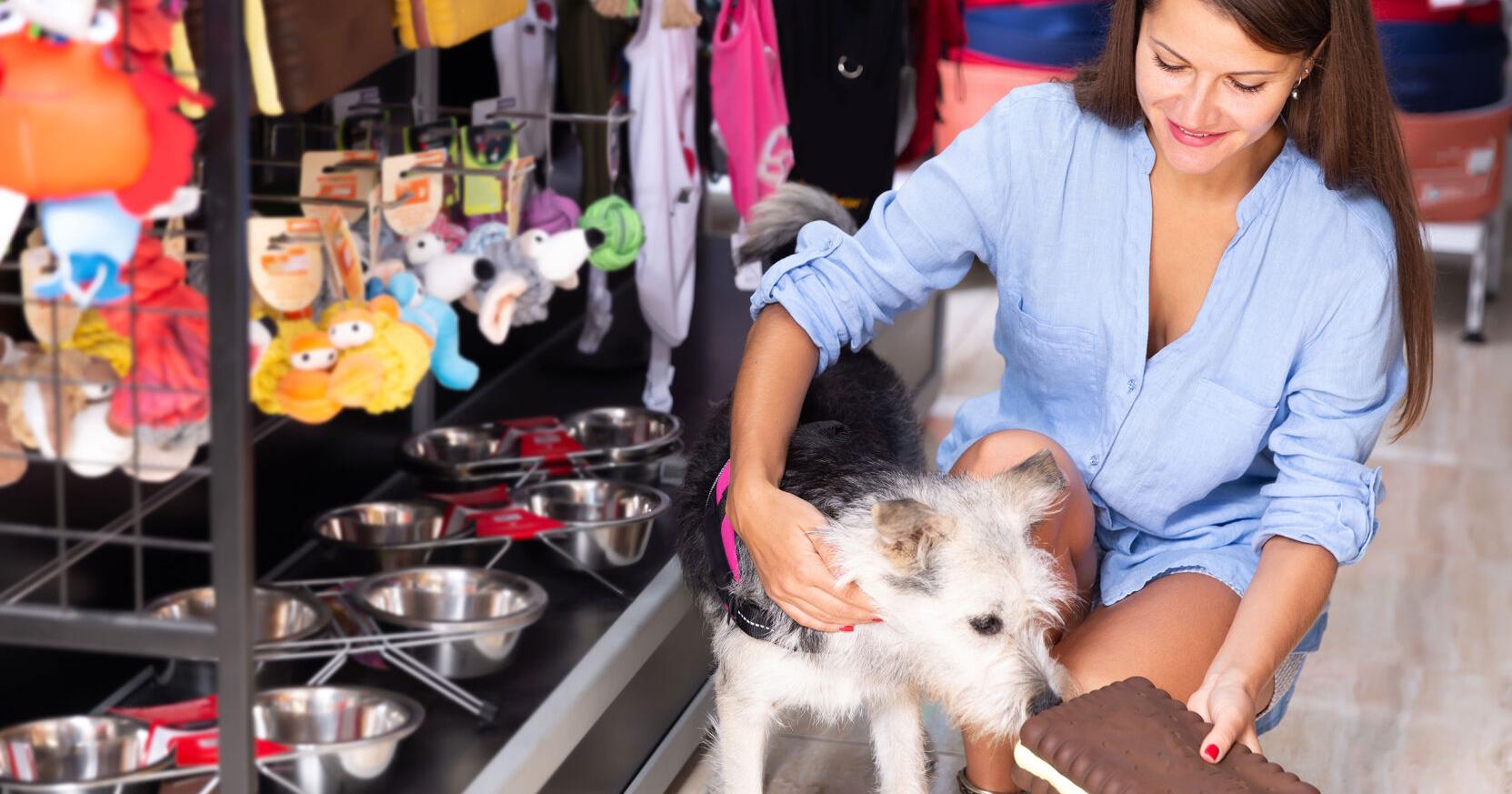- July 29, 2022
- No Comment
- 5 minutes read
What to Expect from Durable Pet Product Sales in 2022 – PetProductNews.com

Must what goes up come down? It’s a question rightly posed by Petfood Industry editor-in-chief Debbie Phillips-Donaldson in her April 2022 Adventures in Pet Food blog. In 2021, “the U.S. pet care industry reached a new mark, US$123 billion; pet food alone hit US$51 billion, also a new milestone,” Phillips-Donaldson pointed out, while raising the current specter of inflation, supply chain disruptions, labor shortages, the war in Ukraine and the pandemic. As she noted, pet market projections for 2022 and 2023 remain highly optimistic, including in Packaged Facts’ March 2022 U.S. Pet Market Outlook 2022-2023 report, which predicts a 9 percent compound annual growth rate (CAGR) for the market as a whole (products and services) for 2021-2026, tipping sales north of $190 billion.
Already, there appear to be some cracks in this pet industry armor. Packaged Facts’ Durable Dog and Cat Pet Care Products in the U.S., published in June 2022, predicts considerably more modest growth for this chunk of the market, which includes seven categories of non-food pet products: toys, collars/leashes/harnesses, beds, carriers/crates/housing, bowls/waterers/feeders, apparel/fashion accessories, and litterboxes and accessories. Like most of the pet market, sales surged during the pandemic—by 18 percent in 2020 and 20 percent in 2021—to achieve a grand total of $7.9 billion. Compare these increases with the expected 7 percent advancement in 2022. Inflation notwithstanding, the 2021-2026 CAGR is expected to come in at just 6 percent, well below the forecast for the pet industry overall or the 12 percent rate predicted for non-food pet supplies overall, per the March Pet Market Outlook.
Why the more conservative outlook? Unlike such non-negotiable staples as pet food and cat litter, pet durables like litterboxes, carriers, bowls, etc., do not need to be replaced that often, and many such items—especially on the luxury side—are highly discretionary. During the stay-at-home years of 2020 and 2021, that rule of thumb went out the window as pet owners feathered their nests with goods designed to make home-based work and leisure more efficient and comfortable for themselves and their pets. The result was an explosion of growth across all of the durables categories, reflected in the extraordinarily high purchase rates of the past three years, with five of the seven categories registering upward of 75 percent. As of 2022, many if not most pet households were and are already well equipped with products that could last multiple years, obviating the need to buy more in the face of a possible recession.
The other pandemic-related factor driving the pet durables surge in 2020 and 2021 was the much talked about pet population boom, which has leveled off and was in some respects a wash; data from MRI National Consumer Studies show a pattern of pet acquisition among upscale demographics offset by pet ownership attrition among less-prosperous ones. The rise among upper-income cohorts generated a spending boom pet industrywide, even though the overall population of pet-owning households remained flat from 2019 (69.5 million) to 2021 (69.4 million). Although both the dog and cat population rose incrementally in 2021 after a slight drop in 2020, with the cat population reaching 59.2 million and the dog population reaching 86.2 million, these gains were largely representative of growth in multiple-pet households. Nevertheless, coming back to the stellar sales gains of 2020 and 2021, Packaged Facts survey results confirm the association between new pet acquisition and durable pet product purchasing, with upward of two-thirds of U.S. pet households acquiring toys, collars/leashes/harnesses, and bowls/feeders/waterers during the past two years.
For pet retailers, which are often highly dependent on pet durables, the writing on the wall is a cautiously optimistic approach to 2022 that is likely applicable to the following few years as well. Durable pet products may have appeared to have been selling themselves of late, but the present market environment will require heavier promotion and upfront merchandising to foster impulse sales. At the same time, the importance of non-durable products—especially pet food types and brands not available elsewhere—will remain paramount, and all the more so given the rapid advancement of alternative-form pet foods including fresh and freeze-dried.
David Lummis is the lead pet market analyst for Packaged Facts, a division of MarketResearch.com, whose latest pet report is Durable Dog and Cat Pet Care Products in the U.S., 4th Edition.
Get updates delivered to your inbox weekly.

